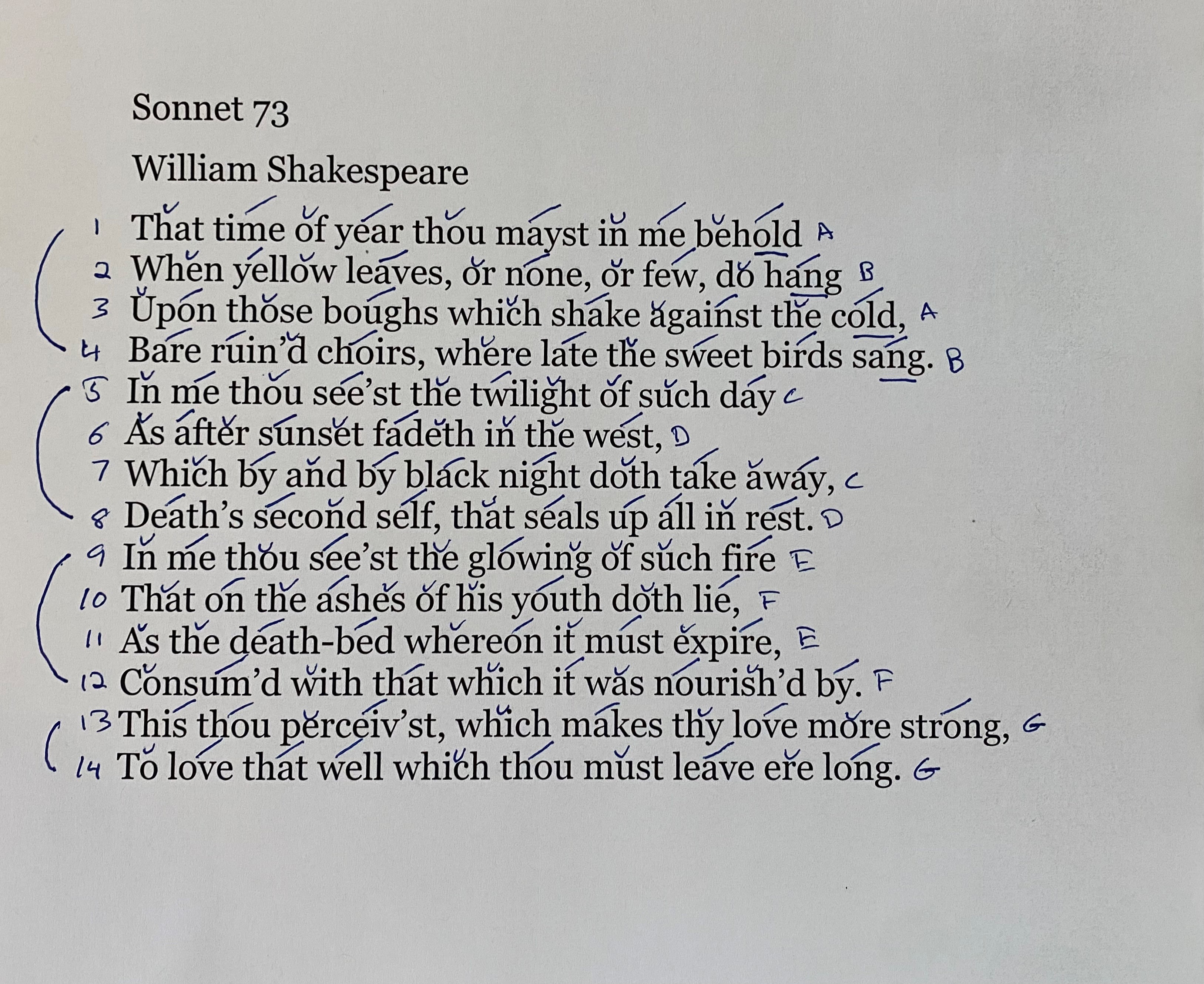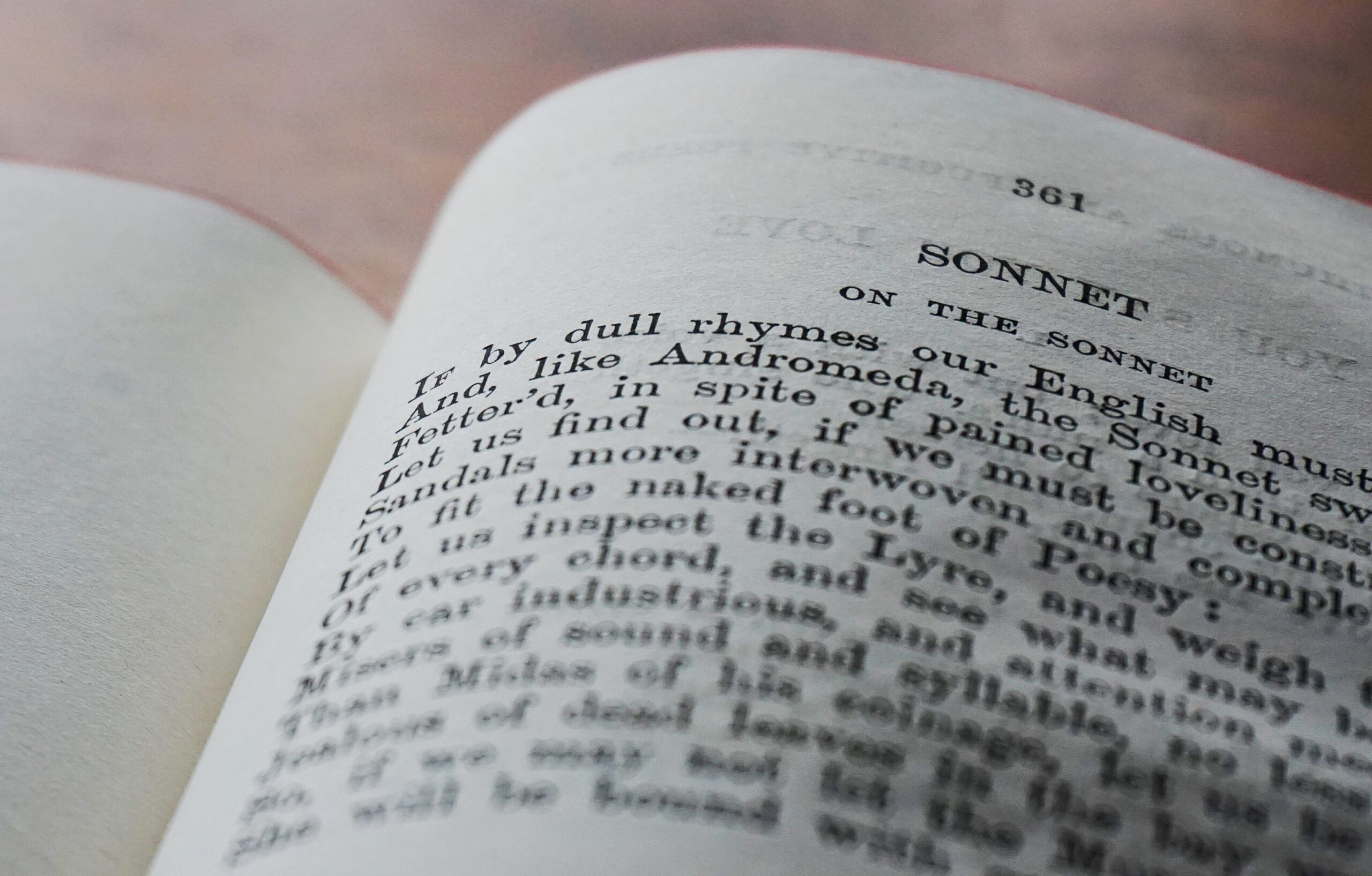So, you're here because you want to know about sonnets, huh? Well, buckle up, my friend, because we're diving headfirst into the world of sonnets and all their glorious rules. If you're a poetry enthusiast or just someone who appreciates the beauty of structured verses, this is the perfect place for you. We'll break down the types of sonnets, their rules, and why they matter in today's literary landscape.
Sonnets are like the bad boys of poetry—structured but full of depth. They have this reputation for being rigid, but trust me, there's a lot of flexibility within those rules. Whether you're writing an Italian sonnet or an English one, each type has its own vibe and set of guidelines that make it unique. And don't worry, we'll cover all that in a way that's easy to digest, even if you're not a poetry expert.
By the end of this article, you'll be able to identify different types of sonnets, understand their structures, and maybe even write one yourself. Who knows, you might discover a hidden talent for sonnet-writing along the way. So, let's get started, shall we?
Here's a quick overview of what we'll be covering:
- What is a Sonnet?
- Types of Sonnets
- Shakespearean Sonnet
- Petrarchan Sonnet
- Spenserian Sonnet
- Sonnets and Their Rhyme Schemes
- The Meter of Sonnets
- How to Write a Sonnet
- Famous Sonnets and Their Impact
- Modern Sonnets: Breaking the Rules
- Conclusion
What is a Sonnet?
A sonnet is a form of poetry that originated in Italy and later became popular in England. It's a fourteen-line poem with a specific rhyme scheme and meter. Now, you might be thinking, "Fourteen lines? That's it?" Well, yes, but those fourteen lines pack a punch. Each type of sonnet has its own set of rules, which we'll explore in detail later.
Sonnets are often associated with love and romance, but they can tackle any subject. From nature to politics, sonnets have been used to express a wide range of emotions and ideas. The beauty of sonnets lies in their ability to convey complex thoughts within a structured framework.
Types of Sonnets
There are three main types of sonnets: the Shakespearean sonnet, the Petrarchan sonnet, and the Spenserian sonnet. Each type has its own set of rules and characteristics that make it unique. Let's take a closer look at each one.
Shakespearean Sonnet
The Shakespearean sonnet, also known as the English sonnet, is probably the most famous type of sonnet. It follows a specific rhyme scheme: ABAB CDCD EFEF GG. The poem is divided into three quatrains (four-line stanzas) followed by a couplet (two-line stanza).
One of the key features of the Shakespearean sonnet is the volta, or turn, which usually occurs in the final couplet. This is where the poet shifts the tone or introduces a new perspective. Shakespeare himself wrote 154 sonnets, many of which are still celebrated today.
Petrarchan Sonnet
The Petrarchan sonnet, also known as the Italian sonnet, was first introduced by the poet Petrarch. It follows a different rhyme scheme: ABBAABBA CDECDE or ABBAABBA CDCDCD. The poem is divided into an octave (eight-line stanza) and a sestet (six-line stanza).
The volta in a Petrarchan sonnet typically occurs between the octave and the sestet. The octave presents a problem or question, while the sestet offers a solution or resolution. This structure allows for a more philosophical exploration of the subject matter.
Spenserian Sonnet
The Spenserian sonnet, named after the poet Edmund Spenser, combines elements of both the Shakespearean and Petrarchan sonnets. It follows a rhyme scheme of ABAB BCBC CDCD EE. The poem is divided into three quatrains and a couplet, similar to the Shakespearean sonnet, but the linking rhymes create a more interconnected structure.
Spenserian sonnets often explore themes of love and nature, with a focus on the interplay between the physical and the spiritual. The linking rhymes allow for a smoother transition between stanzas, creating a sense of continuity throughout the poem.
Sonnets and Their Rhyme Schemes
Rhyme schemes are an essential part of sonnets, as they help to create a musical quality in the poem. Each type of sonnet has its own unique rhyme scheme, which contributes to its overall structure and meaning.
For example, the Shakespearean sonnet's rhyme scheme of ABAB CDCD EFEF GG allows for a clear separation of ideas within each quatrain, while the final couplet provides a satisfying conclusion. On the other hand, the Petrarchan sonnet's rhyme scheme of ABBAABBA CDECDE or ABBAABBA CDCDCD creates a more unified structure, with the octave and sestet working together to explore the subject matter.
The Spenserian sonnet's rhyme scheme of ABAB BCBC CDCD EE combines the best of both worlds, offering a structured yet interconnected framework for the poet to work within.
The Meter of Sonnets
In addition to rhyme schemes, sonnets also follow a specific meter, which is the pattern of stressed and unstressed syllables in a line of poetry. The most common meter for sonnets is iambic pentameter, which consists of five pairs of unstressed and stressed syllables per line.
This meter gives sonnets a rhythmic quality that makes them pleasing to the ear. It also allows for a wide range of expression, as poets can manipulate the meter to create different effects. For example, a poet might use a trochee (a stressed syllable followed by an unstressed syllable) to create emphasis or break the regular rhythm for dramatic effect.
How to Write a Sonnet
Writing a sonnet might seem intimidating at first, but with a little practice, you'll be crafting your own in no time. Here are a few tips to get you started:
- Choose a type of sonnet to write: Shakespearean, Petrarchan, or Spenserian.
- Familiarize yourself with the rhyme scheme and meter of your chosen sonnet type.
- Decide on a subject for your sonnet. It can be anything from love to politics to nature.
- Start writing! Don't worry about perfection at first—just focus on getting your ideas down on paper.
- Revise and refine your sonnet, paying attention to the rhyme scheme, meter, and overall structure.
Remember, writing a sonnet is a process. It might take a few drafts to get it just right, but the end result will be worth it.
Famous Sonnets and Their Impact
Throughout history, sonnets have been written by some of the greatest poets of all time. Shakespeare's sonnets, for example, are still studied and admired today for their depth and complexity. Other famous sonnets include Petrarch's "Rime Sparse," Spenser's "Amoretti," and John Milton's "On His Blindness."
These sonnets have had a lasting impact on literature and continue to inspire poets and readers alike. They demonstrate the power of sonnets to convey complex emotions and ideas within a structured framework.
Modern Sonnets: Breaking the Rules
While traditional sonnets follow strict rules, modern poets have taken liberties with the form, creating new and innovative types of sonnets. Some modern sonnets maintain the fourteen-line structure but experiment with rhyme schemes and meter, while others abandon the traditional structure altogether.
This flexibility allows poets to explore new themes and ideas within the sonnet form. It also demonstrates the adaptability of sonnets, proving that they can remain relevant in today's literary landscape.
Conclusion
In conclusion, sonnets are a fascinating form of poetry that offer both structure and flexibility. Whether you're writing a Shakespearean, Petrarchan, or Spenserian sonnet, the rules and guidelines provide a framework for expressing complex thoughts and emotions.
So, why not give it a try? Write your own sonnet and see where it takes you. And don't forget to share your work with others—after all, poetry is meant to be shared and enjoyed.
Thanks for reading, and remember: the world of poetry is vast and full of possibilities. Keep exploring, keep writing, and most importantly, keep enjoying the beauty of language.


Detail Author:
- Name : Yesenia Roob
- Username : rusty58
- Email : eloy68@yahoo.com
- Birthdate : 1996-05-25
- Address : 97466 Daniel Inlet Apt. 295 East Macyton, OK 48964-3527
- Phone : +1 (201) 747-8880
- Company : Reinger-Hodkiewicz
- Job : Media and Communication Worker
- Bio : Laudantium dolorem excepturi et quas. Facilis in ea sit natus non. Totam aut nam fuga maiores laborum perspiciatis ut libero. Sunt quaerat aut labore blanditiis.
Socials
instagram:
- url : https://instagram.com/rosie_brekke
- username : rosie_brekke
- bio : Quidem aut rerum quidem ut aliquam sit modi. Modi iure ut vitae et provident.
- followers : 4435
- following : 1236
twitter:
- url : https://twitter.com/rosie_brekke
- username : rosie_brekke
- bio : Atque voluptatem porro enim maiores temporibus voluptatem sint. Facilis autem nulla suscipit nesciunt adipisci. Vel et quis animi doloribus aspernatur.
- followers : 3653
- following : 2657
linkedin:
- url : https://linkedin.com/in/brekke2002
- username : brekke2002
- bio : Aut eos laudantium culpa reiciendis.
- followers : 4770
- following : 128
tiktok:
- url : https://tiktok.com/@rosie_brekke
- username : rosie_brekke
- bio : Voluptatem numquam vero iste voluptas.
- followers : 2994
- following : 2394
facebook:
- url : https://facebook.com/rosie_brekke
- username : rosie_brekke
- bio : Voluptas sapiente ut pariatur est veritatis.
- followers : 1407
- following : 2496